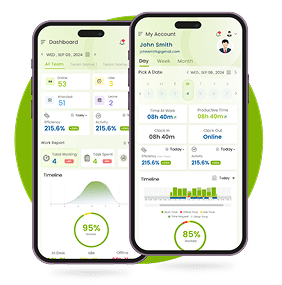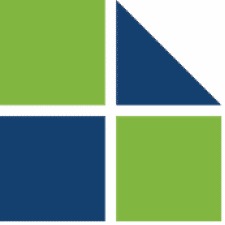Reducing Digital Overload: How to Work Efficiently Without Constant Pings and Calls
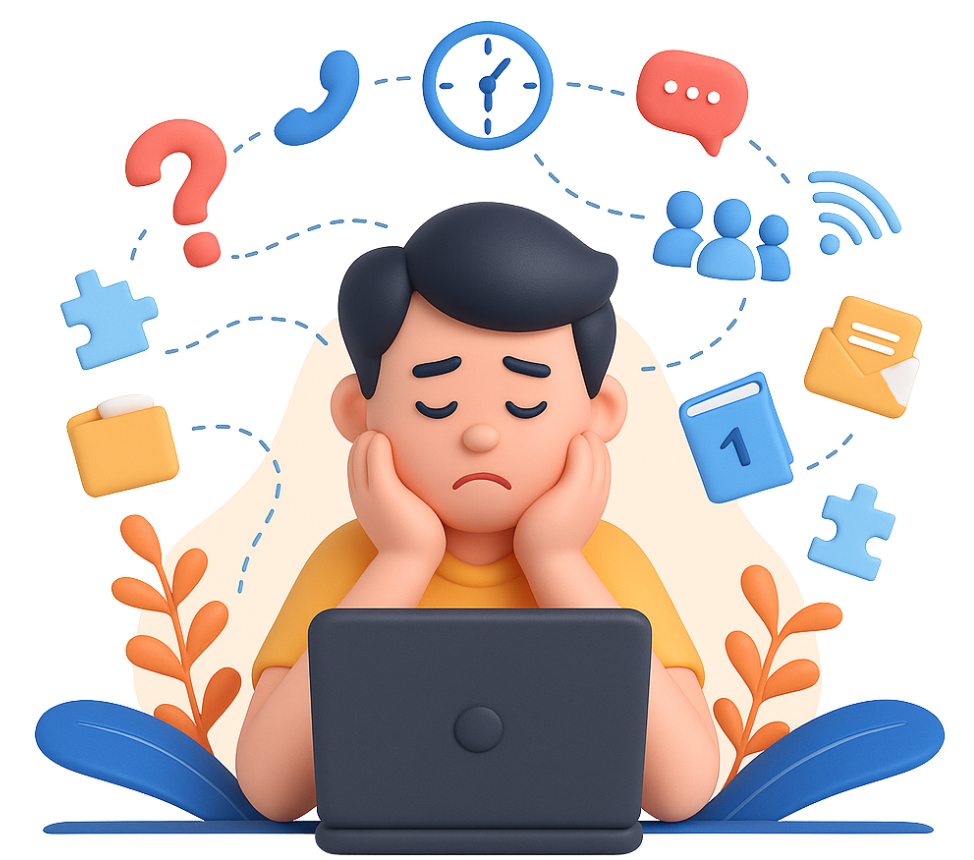
According to a study, 87% of employees spend around seven hours a day glued to screens. The result? Many end up feeling exhausted, overwhelmed, or even depressed due to digital overload. And workplace productivity? Nowhere to be found.
Between the constant stream of Slack pings, endless email threads, Zoom calls that easily could’ve been emails, and group chats, it’s a small miracle if you manage more than six minutes of uninterrupted focus. So how do you break free from the flood of notifications and remember what it’s like to actually focus on work and getting stuff done?
Here’s your survival guide to escaping this digital chaos. Firstly, let’s have a look at what digital overload is, and its major causes.
What is Digital Overload?
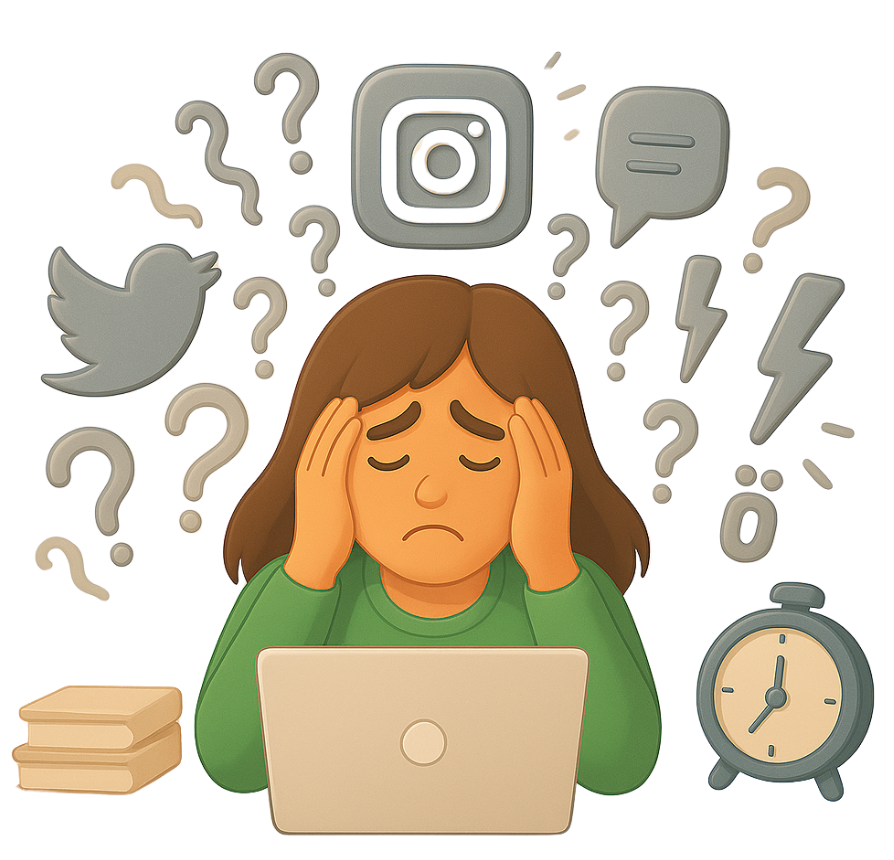
Digital overload is the state of feeling mentally and physically overwhelmed due to excessive exposure to digital devices, such as smartphones, computers, tablets, and constant online connectivity.
Main Causes of Digital Overload:

Information Overload
Constant access to emails, news, social media and notifications creates a non-stop stream of information that the brain struggles to process efficiently.

Multitasking Across Devices
Jumping between emails, texts, video calls, and spreadsheets all at once can fragment attention and increase stress.

24/7 Connectivity
With smartphones and remote work, people feel pressured to always be “on,” blurring the boundaries between work and personal time.

Too Many Notifications
Alerts from social media, messaging apps and reminders can be highly disruptive and make it hard to concentrate.

Remote Work & Virtual Meetings
Back-to-back video calls and online collaboration tools can create fatigue, especially without breaks or physical movement.

Entertainment Overload
An abundance of content on streaming platforms, social media, and gaming apps can lead to decision fatigue and screen addiction.

Fear of Missing Out (FOMO)
The pressure to stay updated and engaged online contributes to compulsive checking of feeds and group chats.
7 Tips to Reduce Digital Overload During Work
1. Manage Notifications Strategically
Constant alerts from emails, messaging apps, and task platforms can fragment attention and create unnecessary stress. Silence non-essential notifications and customize alert settings to ensure you’re only interrupted when truly necessary.
2. Incorporate Regular Screen-Free Breaks
Stepping away from digital devices even for a few minutes can significantly reduce cognitive fatigue. Short walks, stretching, or simply looking away from screens can refresh focus and support mental clarity.
3. Utilize “Do Not Disturb” Features for Deep Work
Use built-in “Do Not Disturb” or “Focus Mode” settings to protect blocks of uninterrupted work time. Communicate your availability clearly to your team to set healthy boundaries without sacrificing collaboration.
4. Optimize Communication Platforms
Using multiple apps can lead to context-switching fatigue. Whenever possible, consolidate communication onto a single or fewer platforms to reduce cognitive load and confusion.
5. Prioritize Single-Tasking Over Multitasking
While multitasking may seem efficient, research shows it actually reduces performance and increases mental fatigue. Focusing on one task at a time enhances both the quality and speed of your work.
6. Limit Open Browser Tabs
An overflowing browser with dozens of open tabs can be visually and mentally overwhelming. Adopting a “two-tab” or “single-tasking” approach encourages greater concentration and reduces digital clutter.
7. Use Time Tracking Tools
Time tracking software can be a powerful ally in combating digital overload. These tools help you understand how your time is spent across tasks and platforms, identify inefficiencies, and encourage more intentional scheduling.
Final Words: You’re Not a Robot
You were hired for your brain, not your ability to reply in under 3 seconds. True productivity doesn’t come from being constantly available; it comes from deep focus, real breaks and using the right tools to keep you on track.
So go ahead. Let the pings wait. Mute. Block. Focus.

